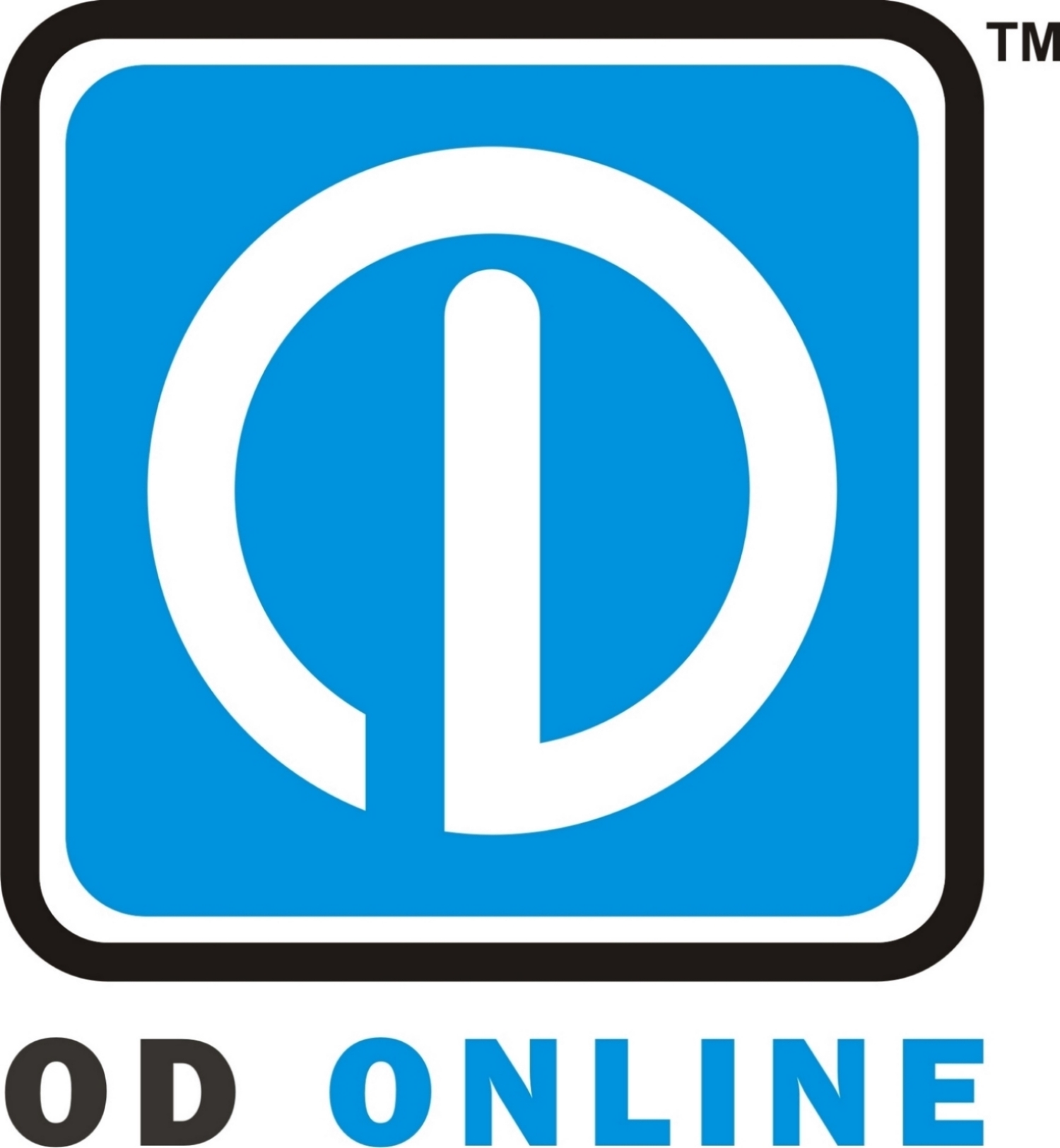Similar to how your team goes through a formal evaluation one a year, so should your website. This is different from routine maintenance, which consists of minor updates to your website such as new offers and updated services. Let’s look at the key characteristics of a strong website and questions to help you evaluate your website:
1. Strategy
Strong websites are guided by your company’s strategic needs and goals. Without a strategy, even the most attractive websites fail in helping visitors get a clear sense of who you are and what services you offer. Evaluate your website strategy with these questions:
- What is the purpose of this website? Is it helping you achieve this purpose?
- Which personas make up my target audience?
- What action do I want my audience to take? Does the design make it easy to encourage those actions?
Action Item: Align your website goals to your brand. From there, design the website to speak to those goals.
2. Usability
Usability is about how someone experiences your website and includes aspects such as site load speed, security, poor navigation, and lack of mobile responsiveness. Though not visually apparent, how easily and quickly a user can find the information they need plays a big role in whether someone would stay or leave. In addition, for website packed full of videos and images, a slow site load speed negatively impacts your site’s organic rankings in search engines such as Google.
- Is it easy to find information quickly?
- How quickly does my website load on various devices? (Use Google Page Speed Insights)
- Is my website responsive? Will it function properly on mobile and tablet devices?
- Do all the links work? (Use Dead Link Checker to check for broken links)
- Does it incorporate functionalities that existing patients will look for such as appointment scheduling?
- Are there opportunities to make the experience easier for the user? (ie. Secured digital patient forms instead of PDF versions that will need to be printed)
- If I’m asking for personal details, is the information secure? Have I communicated this in the form?
Action Item: Navigate your website from the perspective of a prospective and existing patient. Is the information that they would look for easily accessible (Address, phone number, services, insurance information, etc.)? What opportunities are there to make it easier for them?
3. Design
Though tastes differ, good website design encompass the following qualities: aligns with the brand, communicates clearly, and creates a good impression. Consider the following questions:
- Is the design of your website current and user friendly?
- Does it align with my brand when it comes to colors, fonts, graphics, imagery style, and tone?
- How does the design of my website help meet my goals?
Action Item: Streamline style choices and eliminate those that do not align with your brand message.
4. Content
Relevancy and readability are the two most important considerations for content. Does the content help users answer questions that they have? Is the font in a legible type and color? Additional questions to ask are:
- Are there sections that need to be updated? (ie. Services, products, staff bios)
- Is there enough contrast between the font and background?
- Can I make any content more concise?
- Are there sections that are redundant? Can I consolidate sections?
- Is it easy to find the information that I need?
Action Item: Review the content of your website and consider whether it communicates your message concisely. Secondly, consider whether that content would matter to your visitors.
5. Search Engine Optimization
Search Engine Optimization, also known as SEO, goes hand-in-hand with website design. There are many factors that affect how your site appears in organic Google searches, from how your site is built to whether you have ALT tags for your images. Assess your organic visibility by asking yourself these questions:
- Have I included relevant keywords, meta descriptions, and heading tags for each page?
- Are my images ALT tagged with appropriate descriptions?
- What does my URL structure look like? Does it give a clear hierarchy of information?
Action Item: Read more about how SEO optimization works and how you can get your website found in Google search.

